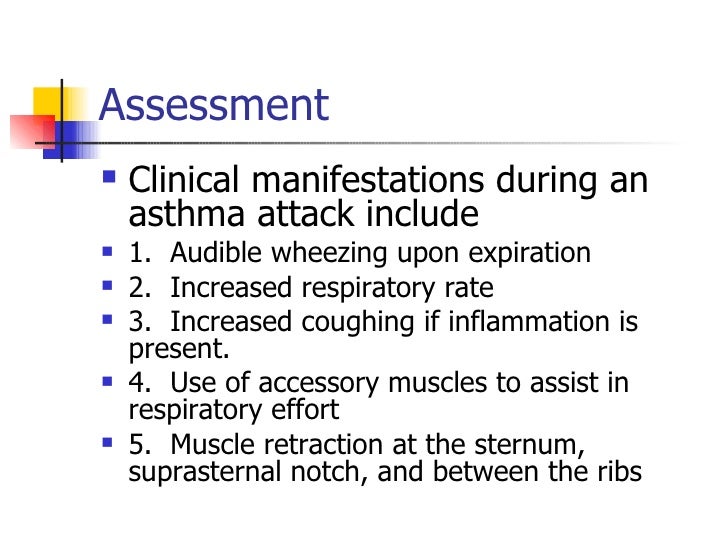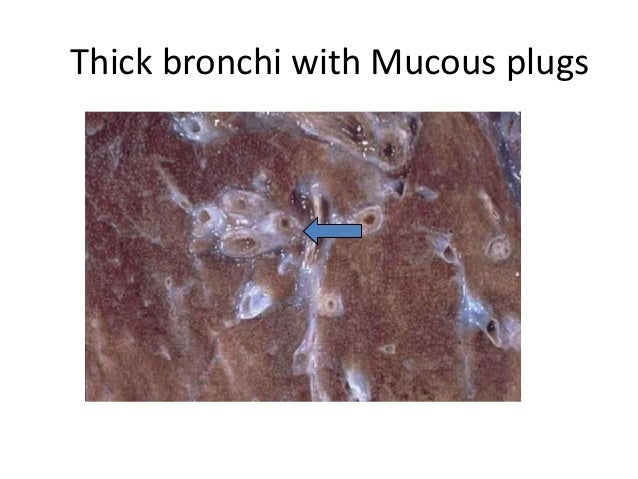

He denies any recent traumas or illnesses. Between shallow breaths he states he was at home finishing his homework when he suddenly began having right-sided chest pain and severe shortness of breath. What disorder of the thorax or lung best describes her symptoms? A) Spontaneous pneumothorax B) Chronic obstructive pulmonary disease (COPD) C) Asthma D) PneumoniaĪ 17-year-old high school senior presents to your clinic in acute respiratory distress. There is dullness on percussion, increased fremitus during palpation, and egophony and whispered pectoriloquy on auscultation. On auscultation she has decreased air movement, and coarse crackles are heard over the left lower lobe. Her head, eyes, ears, nose, and throat examinations are unremarkable except for edema of the nasal turbinates. Her blood pressure and pulse are unremarkable. She looks ill and her temperature is elevated, at 101. On examination you see a middle-aged woman appearing her stated age. Her father passed away from colon cancer.

Her mother has diabetes and high blood pressure. She denies tobacco, alcohol, or drug use. She takes an oral medication for both diseases. Her past medical history includes type 2 diabetes for 5 years and high cholesterol. She denies any weight gain, weight loss, or cardiac or gastrointestinal symptoms. She says she had a cold last week and her symptoms have only gotten worse, despite using over-the-counter cold remedies. Which disorder of the thorax or lung does this best describe? A) Spontaneous pneumothorax B) Chronic obstructive pulmonary disease (COPD) C) Asthma D) PneumoniaĪ 47-year-old receptionist comes to your office, complaining of fever, shortness of breath, and a productive cough with golden sputum. On auscultation of her chest, there is decreased air movement and a high-pitched whistling on expiration in all lobes. Inspection of her anterior and posterior chest shows no abnormalities. Her head, eyes, ears, nose, and throat examinations are essentially normal. Her blood pressure is 120/80, her pulse is 80, and her respirations are 20. On examination she is in no acute distress and her temperature is 98.6. She is a junior in finance at a local university and she has recently started a job as a bartender in town. She denies smoking and illegal drug use but drinks three to four alcoholic beverages per weekend. Her mother has allergies and eczema and her father has high blood pressure. Her past medical history is significant only for seasonal allergies, for which she takes a nasal steroid spray but is otherwise on no other medications. She denies any other upper respiratory symptoms, chest pain, gastrointestinal symptoms, or urinary tract symptoms. She states she used to feel this way only with extreme exercise, but lately she has felt this way continuously. If it’s a spare inhaler, check it from time to time to make sure it’s not empty and is still in date.A 21-year-old college senior presents to your clinic, complaining of shortness of breath and a nonproductive nocturnal cough. Make sure your child's reliever inhaler (usually blue) and their spacer are in a safe place in your bedroom so you can find it quickly, even when you’re tired or its dark. Have your child’s reliever inhaler readyīe prepared to deal with your child's asthma symptoms quickly during the night. Keep a copy on your phone or by your bed so you don’t struggle to find it in the middle of the night. It’ll also tell you what to do if they have an asthma attack, and when to call 999 for an ambulance. This can help you recognise their triggers and symptoms and decide what medicine to give them. Keep your child's asthma action plan to hand This can help to keep their airways open. Some parents find their child coughs less and sleeps better if they’re propped up with extra pillows. If possible, keep the temperature in their bedroom steady so it’s not too cold or too warm. Keep your child's bedroom at the right temperatureīreathing colder air at night or sleeping in an air-conditioned room, such as a hotel room, can trigger asthma symptoms.



 0 kommentar(er)
0 kommentar(er)
